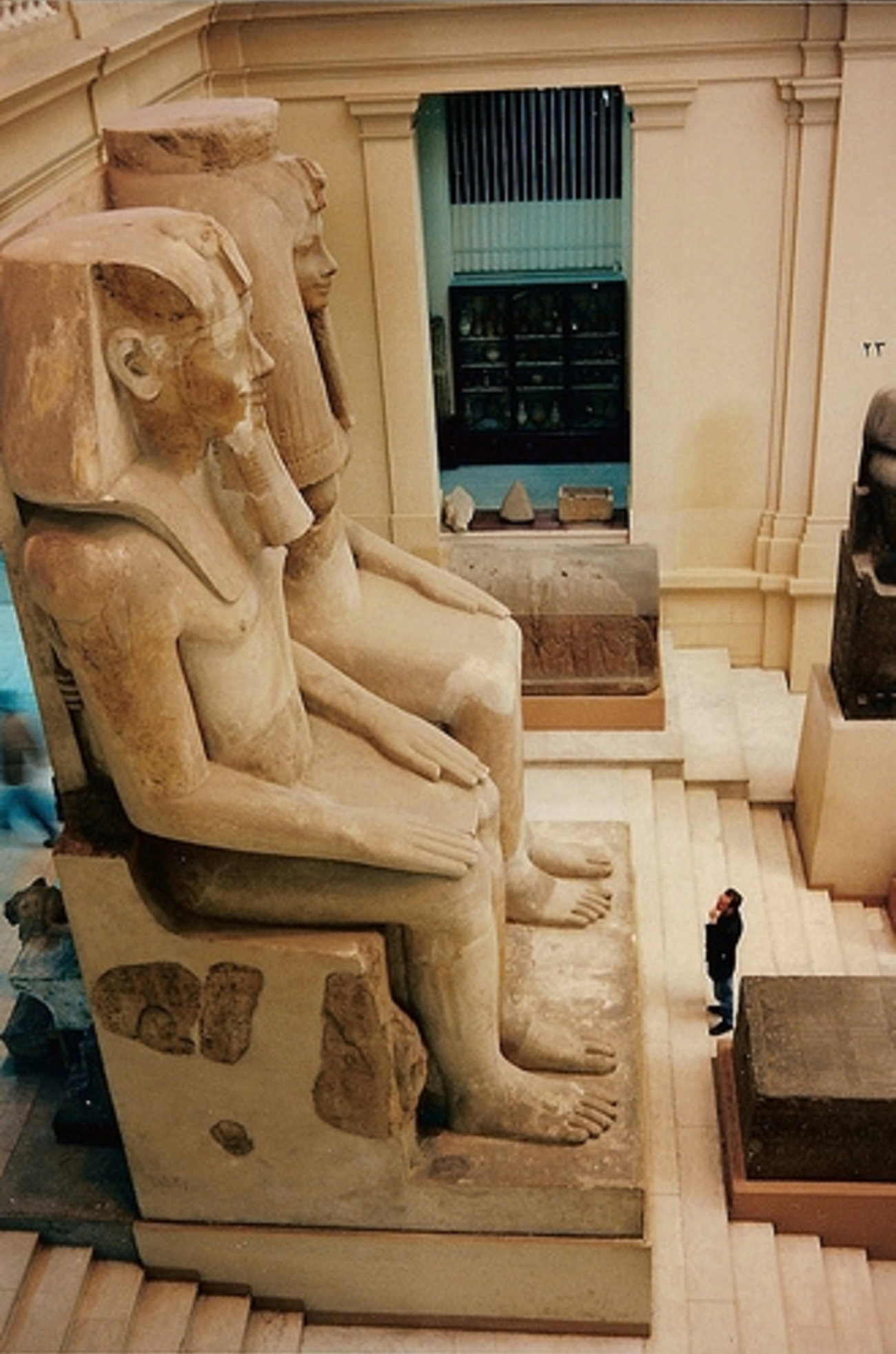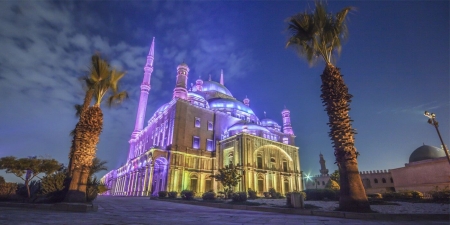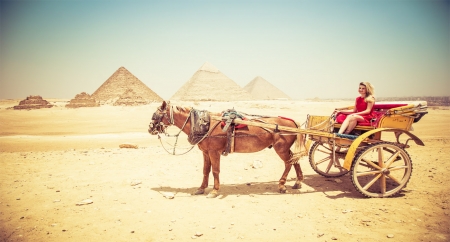Egyptian Museum Cairo contains 42 room. .The museum's ground floor follows the history of ancient Egypt. Upon entering through the security check in the building, one looks toward the atrium and the rear of the building with many items on view - from sarcophagi and boats to enormous statues. Just in front of these you will find an Object of the Month on display. Behind it are some of the most important items from the time of the unification of Upper and Lower Egypt some 5,000 years ago, including the famous slate palette of king Narmer - one of the first documents of Egyptian history. Also on show are small masterpieces of sculpture - keep in mind that these are some 50 centuries old. This is an area that should not be missed!
The photographs shown here feature the atrium area and the area to the right of the entrance. From the entrance area itself, turn left and you will find an amazing diversity of small statues from the Old Kingdom - they depict individuals, families, and people at work.
Continuing around the building in a clockwise direction takes you forward in time as you duck into the different rooms. At the far end of the building you will be confronted by material from the time of the heretic pharaoh, Akhenaten. Keep moving and eventually you will have reached the Graeco-Roman period and walked through more than 3,000 years of history!Upstairs on the first floor (i.e.second level) are thousands of smaller items from the span of Egyptian history. Of course, everybody wants to see the treasures from Tutankhamun's tomb - these occupy a large area along almost two side of the upper floor. Chariots, gloves, jewellery, the famous mask - many of the antiquities from his tomb are displayed here.
Tutankhamun's tomb contained four gilded shrines nested one inside the other. All four of these shrines are on display in the museum. They are lined up in order of decreasing size. The innermost of these covered a stone sarcophagus which remains in the tomb.
Inside the stone sarcophagus were three coffins - the innermost being made of 110 kilograms of solid gold. Inside that lay the pharaoh himself wearing the famous gold mask Tutankhamun remains in his tomb to this day.Two of his three coffins are on display in the same room as the mask, along with stunning jewellery. This room alone can occupy one for a considerable time. The room has been remodelled recently with better presentation. Obviously, there are usually crowds, although often these lessen toward the end of the day. It is therefore a good idea to leave the Tutankhamun exhibits until later, unless one is short of time. Apart from the Tutankhamun exhibits upstairs, there are countless coffins, amulets, ushabtis, household items, etc. Some of the Middle Kingdom tomb models of armies, boats and landowners surveying their livestock shouldn't be missed. The human figures almost seem alive! Also upstairs is the Mummy Room where you can come face to face with some of the great rulers of ancient Egypt.
Customize Your Dream Vacation!
Get in touch with our local experts for an unforgettable journey.
Plan Your Trip
However, a word of advice - don't try to see everything. If you do, you will not remember anything! If you have a chance to go at least twice, perhaps do an overall survey and then concentrate on what pleases you most on the next visit. Some of the museum's exhibits can be seen by using the links below. They are given in no particular order so that one may stumble across some of the wonders of the museum.
Egypt Travel Guide
Egypt Oases
- Gara Cave
- Al-Deer
- Badr's Museum
- Bagawat
- Black desert
- Cleopatra bath
- Great Sand Sea
- Mizawaka
- Monastery of Anba Bishoy
- Mountain of the Dead in Siwa | Gebel al-Mawta
- Qarun Lake
- Roman Temple in Deir El-hagar
- Temple of Alexander the Great
- Temple of Amon
- Temple of Dush
- Temple of Hibis
- Temple of Nadura
- The Crystal Mountain | Bahariya Crystal Mountain
- The Monastery of Abu Makar (Makarios) | Egypt
- The Monastery of Baramus | Egypt
- The Monastery of El Suryan | Cairo Attractions
- Therapy in Siwa Oasis
- Valley of Al-Haiz
- Valley of the Golden Mummies
- Wadi Al- Rayan, Protected Area | Fayoum, Egypt
- Wadi El-Natroun | The Monasteries of Wadi El Natrun
- The White Desert in Egypt
- Fayoum Bird-watching Guide
Ports of Call
Red Sea and Sinai
Famous Mosques in Egypt
Transportation guide in Egypt
Egypt Tourist Attractions
Egypt Pyramids
- Djedefre Pyramid | Abu Rawash
- Abu Sir | Egyptian Necropolis & Pyramids
- King Snefru's Pyramid | Egypt
- Old Kingdom Pyramids | Ancient Egypt
- Pyramid Complex of Pepi I
- Pyramid of Amenemhat III
- Pyramid of lahun | Egypt Pyramids
- Pyramid of Meidum
- Pyramid of Neferhetepes | Egypt Pyramids
- Pyramid of Netjerkhet | Egypt Pyramids
- Pyramid of Neferefre
- Pyramid of Sahure | Egypt Pyramids
- Pyramid of Sekhemkhet
- Pyramid of Sesostris III
- Pyramid of Teti | Egypt Pyramids
- Pyramid of Userkaf | Egypt Pyramids
History of Egypt
- The False Doors | Ancient Egypt Secrets
- Egyptian Canopic Jars: What are Canopic Jars?
- Holy Family in Egypt
- king khufu (Cheops) | Kings of Ancient Egypt
- Khafre Statue | King Khafre Pyramid
- Who built the first pyramid in Egypt
- Menkaure (Mykerinos) Pyramid | King Menkaure
- Ramesses IV | Ramses iv Tomb
- Ramses IX Tomb
- The Divine Triad of Dendera
Aswan Attractions
Luxor Attractions
Alexandria Attractions
Cairo Attractions
- Famous Bab al Futuh
- Al-Tannoura Egyptian Heritage Dance Troupe
- Saints Sergius and Bacchus Church
- Abusir Pyramids & The City of The Dead Egypt
- Agricultural Museum Egypt, Cairo
- AL Fustat Historical City
- Bab El Nasr Cairo City Gate
- Beit Al Sennari or Al Sennari House in Cairo
- The Cairo Tower
- Birqash Camel Market in Cairo
- Coptic Cathedral in Abbasiya
- Egyptian Museum Guide
- El Mosky Cairo | Bazaars & Souks
- King Tutankhamun Treasures: Inside the World of Egypt’s Most Famous Pharaoh
- The Mosque of Muhammad Ali Pasha in Cairo
- Royal Mummy Room in The Egyptian Museum
- The Pharaonic Village
- The Great Sphinx of Giza
- Babylon Fortress Facts
- Solar Boat Museum
- Valley Temple of Khafre
- St Mary Egypt Orthodox Church
- Verdi Aida Opera Show in Giza Pyramids Egypt
Explore Cairo's museums, starting with the Grand Egyptian Museum (GEM) and then head to the Egyptian Museum.
Explore Ancient Egypt all in one day. Take in the Giza Pyramids of Cheops, Chephren and Mykreinus and the Sphinx before visiting the Grand Egyptian Museum.
Enjoy a great visit to Dahshur and the Step Pyramid at Sakkara. This is a journey to see the progress of ancient Egyptian building techniques across different ancient ages.
Plan Your Trip!
You Might Also Like

The event will welcome 1500 to 5000 guests in the sound and light platform inside the Giza pyramids area. The theme should match the Pharaonic designs and colors.
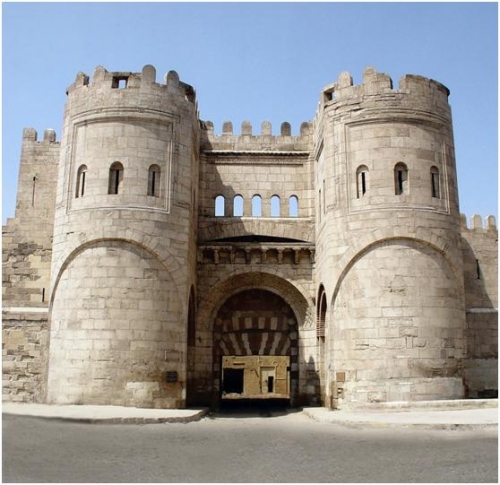
Bab Al Futuh in Cairo was built in 1087 by Badr al-Gamali. It likewise replaced an earlier gate placed somewhat to the South which had been included in the original enclosure wall of Gawhar.
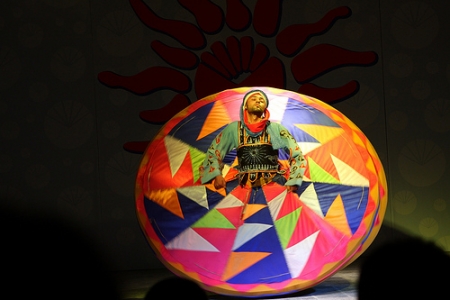
Al-Tannoura Egyptian Heritage Dance Troupe is an architecturally stunning arts centre in El Azhar area in Central Cairo, operating under the Ministry of Culture and the Cultural Development Fund (CDF).
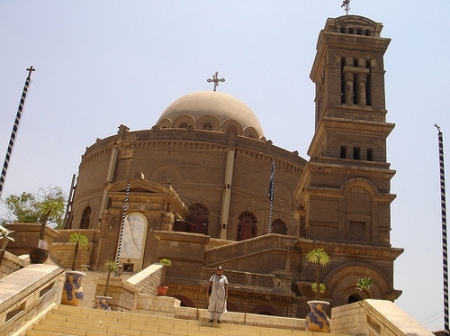
Saints Sergius and Bacchus Church were built to be dedicated to two Martyrs (Sergius and Bacchusand) traditionally believed to have been built on the spot where the Holy Family rested at the end of their journey into Egypt.

Abusir Pyramids and The City of The Dead Egypt is located at 1.2 miles north of Saqqara, but still at some distance to the south of Giza.
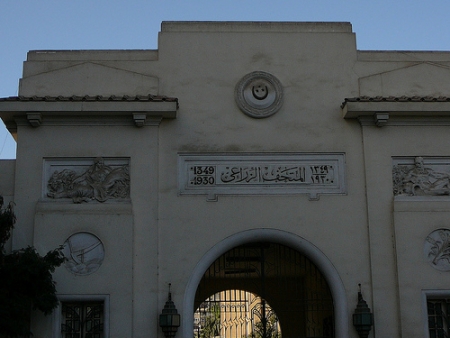
The Agricultural Museum Egypt features a variety of displays about farming practices from ancient times to the present day. Agriculture has played a major role in the Egyptian history and always affected the lives of Egyptians from the days of the pharaohs up to our modern time.
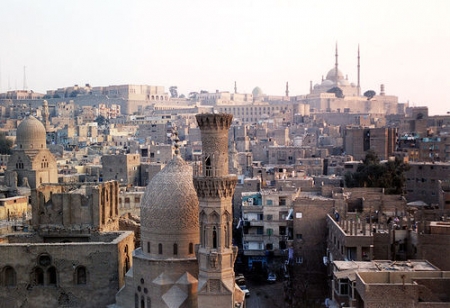
Cairo Fustat is now a part of the 'Old Egypt' area in, Egypt in Al-Fustat City. Egypt is considered the eldest remains in Amr Ibn Alas mosque Al Fustat.

Bab El Nasr in Cairo, which is placed at the northeast corner of the enclosure of Fatimid Cairo, consists of two great square towers, solid for two-thirds of their heights, flanking a very fine arched gateway which is set back 4.54 m.
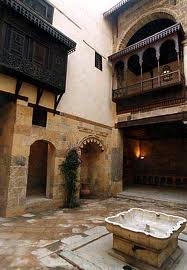
Beit El Sennari is not well known by many tourists who visit Egypt. Situated on a small lane named Haret Monge, just off of a downtown street called Khairat, there are very few tourist attractions nearby
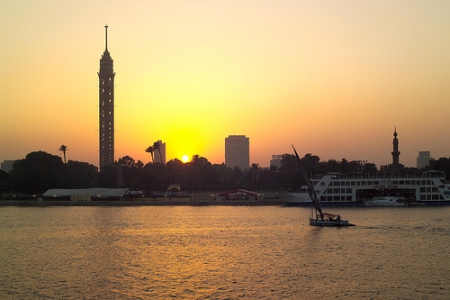
The Cairo Tower or ElGezira tower or ( Brag El qahari) in Arabic language is consider one of the most prominent features of the Egyptian capital .Its partially open lattice-work design is intended to evoke a lotus plant.

Explore Birqash Camel Market in Cairo, where tradition and culture meet. Witness camel trading, local life, and a unique Egyptian market experience.
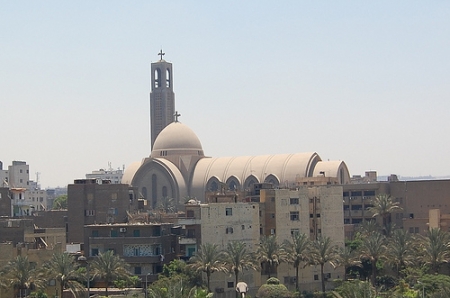
Abbasiya Coptic Cathedral was built in 1968 and inaugurated by President Nasser and Emperor Hilasilasi of Ethiopia when Pope KirolosVI was appointed the Patriarch and Pope of Alexandria and it is considered the largest church in Africa.

Egyptian Museum Cairo contains 42 room. .The museum's ground floor follows the history of ancient Egypt.
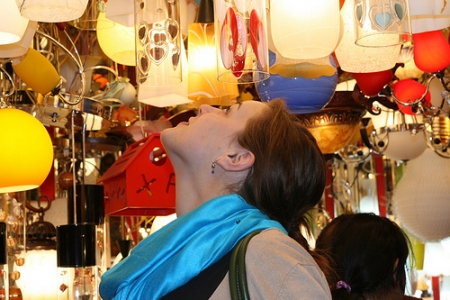
El Mosky Cairo was founded by prince Ezz El Din Mosk; he was a prince in the reign of Al Sultan Salah El Din El Ayobe (Saladin).

Learn about King Tutankhamun treasures and explore the secrets of his tomb, royal rituals, and preserved artifacts.
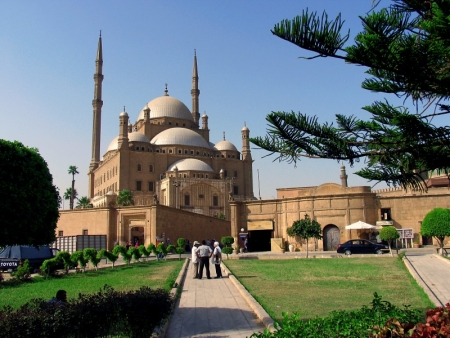
The Mosque of Muhammad Ali is one of the most interesting Mosques in Egypt. It stands proudly on the highest point inside the Citadel of Saladin.
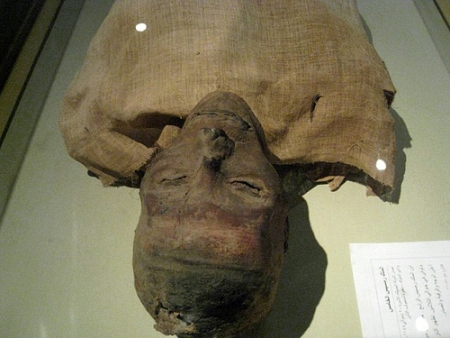
After death, the pharaohs of Egypt usually were mummified and buried in elaborate tombs. Members of the nobility and officials often received the same treatment, and occasionally, common people.
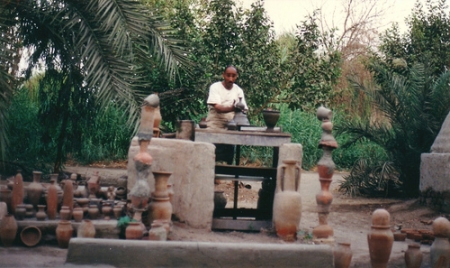
Pharaonic Village is situated in Giza, only a few miles from downtown Cairo. It was built to be a fantastic journey to the days of the pharaohs.
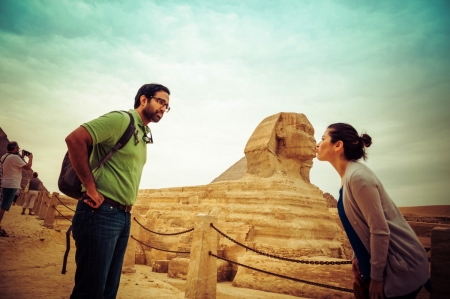
Looking for Great Sphinx Facts? Click here to know when, how and why Sphinx was built?

Babylon Fortress also known as Qasr el Shamee or the candles palace as the towers of the fort were adorned with illuminated candles at the beginning of every month.
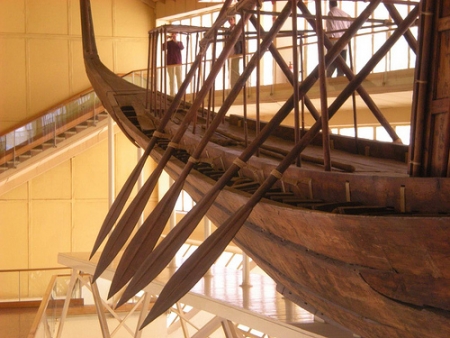
Situated to the south of the Great pyramid, The Solar Boat Museum was established by Kamal El, read more.
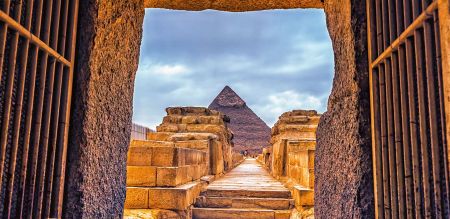
Experience the Valley Temple of Khafre like never before. Explore its purpose, design, and must-see highlights—read the full guide now!
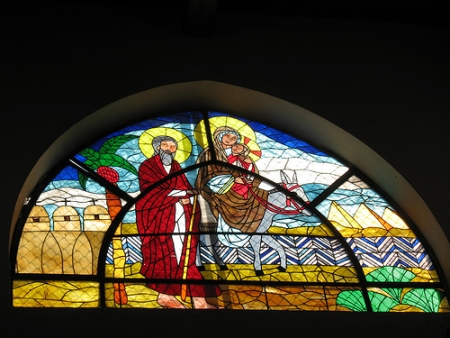
St Mary Church Egypt is situated in Maadi area on the East River bank of the Nile, east of Maadi. It was built as a dedication for the Virgin Mary.

